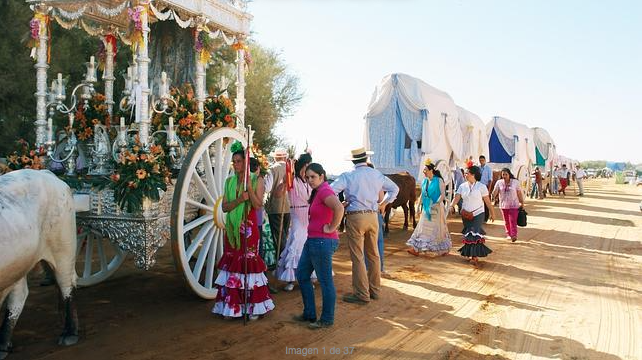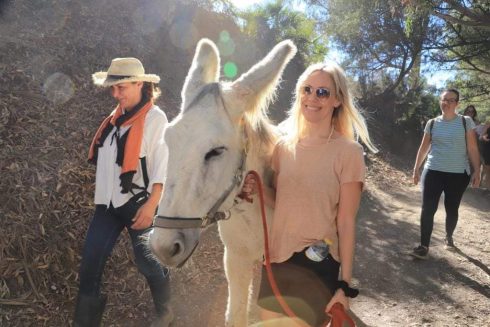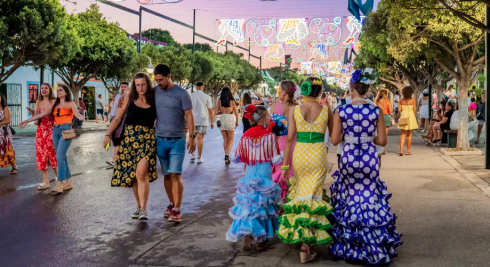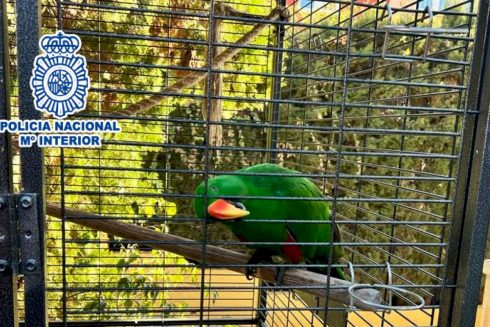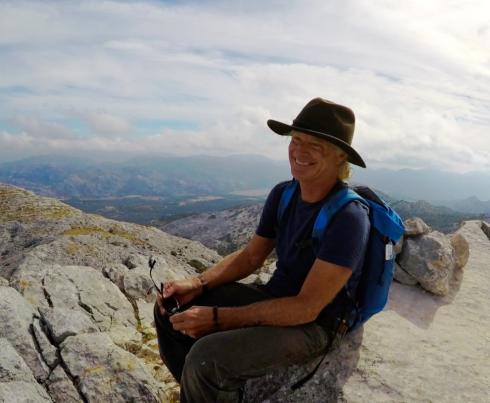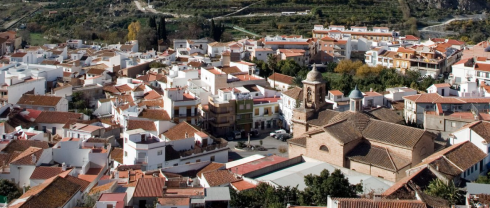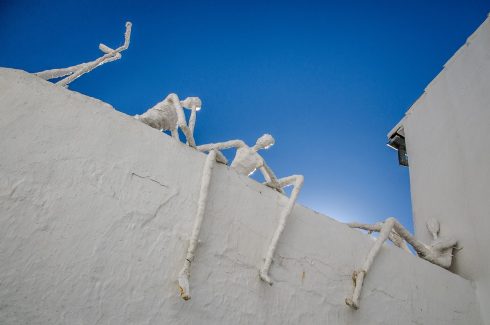YOU won’t be alone: Between May 21 and June 1, thousands of pilgrims with horses, casetas, and ox-drawn carts will be passing through this normally peaceful town on the banks of the Guadalquivir.
Just 16 km south of Sevilla, Coria del Rio (pop 30,000) has just about dropped off the radar, but its position on the river made it a top destination back in the day.
Legend has it that James the Apostle landed here to evangelise Spain, and we know the Roman settled here, and that the Vikings arrived and attacked the city of Sevilla in the Middle Ages. Most weird and random of all, the Japanese arrived in the 17th century and established a samurai colony.
Some of their descendants – many with the surname Japón – live in the Coria to this day. The town has a museum, the Sendai House, and its own Sake de Coria (traditionally served as a dessert), as well as an annual Japanese Cultural Week.
The pilgrimage to El Rocio
But the busiest time of the year, and the best time to visit, is the end of May, when the religious brotherhoods or hermandades, make their way from various points across the southwest to the town of El Rocio, in the neighbouring province of Huelva.
The pilgrimage is the largest in Spain, with a total of one million faithful making the journey to one of the strangest places in Spain in order to pay homage Our Lady of El Rocio, aka Blanca Paloma and La Reina de las Marismas –the Queen of the Marshes.
As with wildebeest crossing the African plains, there are the inevitable bottlenecks.
As any ordinary person travelling from Cadiz province to the endless beaches of Huelva will attest, rather annoyingly there is a river in the way. The southernmost brotherhoods converge on the seaside town of Sanlúcar de Barrameda and take barges across it to the Doñana National Park on the other side.
The big day for Sanlúcar is scheduled for May 24, when, after mass in front of the church of San Jorge (located beside the delicious fish restaurants in the Bajo de Guía), the procession will cross on boats and barges from 9am, returning to the same spot on May 31 from 7pm.
The crossing at Coria del Rio
The river crossings at Coria del Rio take place over many days. You can expect to see whole families in open carts pulled by tractors, and covered horse-drawn carts decorated with flowers, many people on horseback, and a few enjoying the aircon in 4x4s.
To the untrained eye it can look like a random crowd, but it is actually a well-ordered procession of the different brotherhoods, representing different towns across Sevilla and Cadiz, with some from as far afield as Malaga, Cordoba, Granada and even Almeria.
Each brotherhood travels with a richly-embroidered standard – simpecado – borne under a canopy on the fanciest silver carriage, which is usually pulled by oxen.
Crossing the river isn’t as easy as it sounds. The barge is rudimentary, and the incline from the river steep on both sides. Not only are there elaborately decorated carts full of children, candles and silverware, but tired oxen and horses, people with drums and pipes, babies and Chihuahuas and it is always either very hot or raining.
But the mood is festive, the journey to El Rocio is nearly over, and the scene is pretty spectacular.
When to go
The crossings are scheduled to take place in Coria del Rio from Sunday May 21 – Thursday June 1. As it’s a long way to go and discover nothing’s happening, here’s the official schedule:
May 21: 12pm-1.30pm, 6.30pm-10pm; May 22: 2pm-10pm; May 23 10.30am-12pm, 5pm-9pm;
May 24 10.30am-8.30pm; May 25: 8am-12pm;
May 29: 11.30pm-12.30pm; May 30: 6.30pm-9pm; May 31: 1-3pm; June 1 9-11.30am.
While there, you can take a riverside walk through the Carlos de Mesa Park. You’ll see the Hasekura Tsunenaga monument, a tribute to the samurai settlers, and a gift to Coria from the people of Sendai in Japan.
Another important settler was the writer and politician Blas Infante, known as the father of Andalucian nationalism, who was executed here by Franco’s forces in 1936. Learn all about it at the Museum of Andalucian Autonomy and Blas Infante House.
Obviously, there are innumerable bars and restaurants. Go for the local specialties of crab rice, and locally fished grey mullet, along with that sake.
Getting there
If you go by car, take the SE-30 ring road and then take exit 15A towards the A-8058 road.
You can also cross the Guadalquivir River with your vehicle on the Coria ferryboat that connects both riverbanks. To get to the ferry, take the SE-3300 road.
By bus: go to the Plaza de Armas Bus Station in Sevilla. Buses run regularly from there throughout the day to Aljarafe and La Marisma and stop at Coria del Río.

